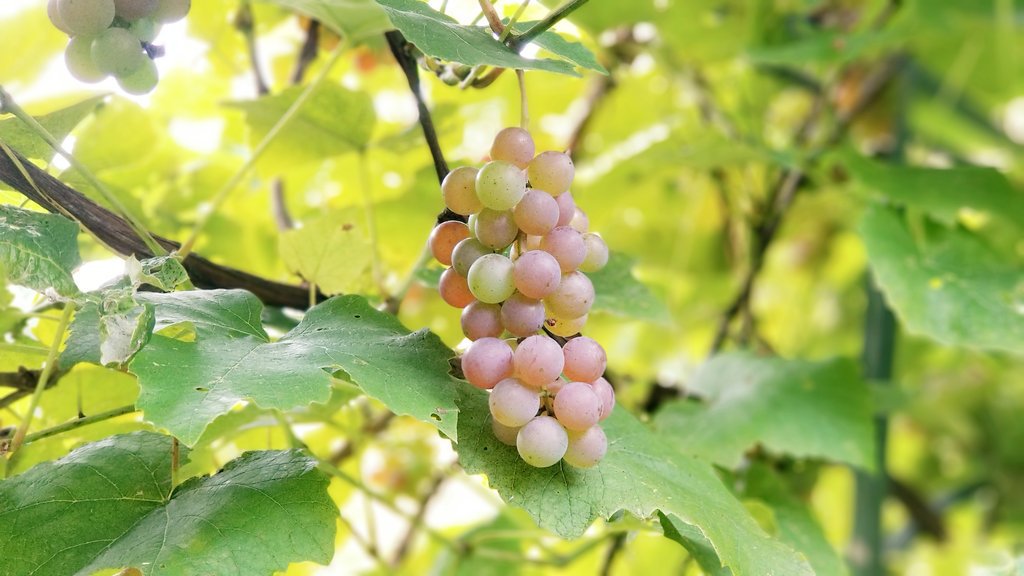
Seedless table grapes ripened on the vines climbing the arbor.
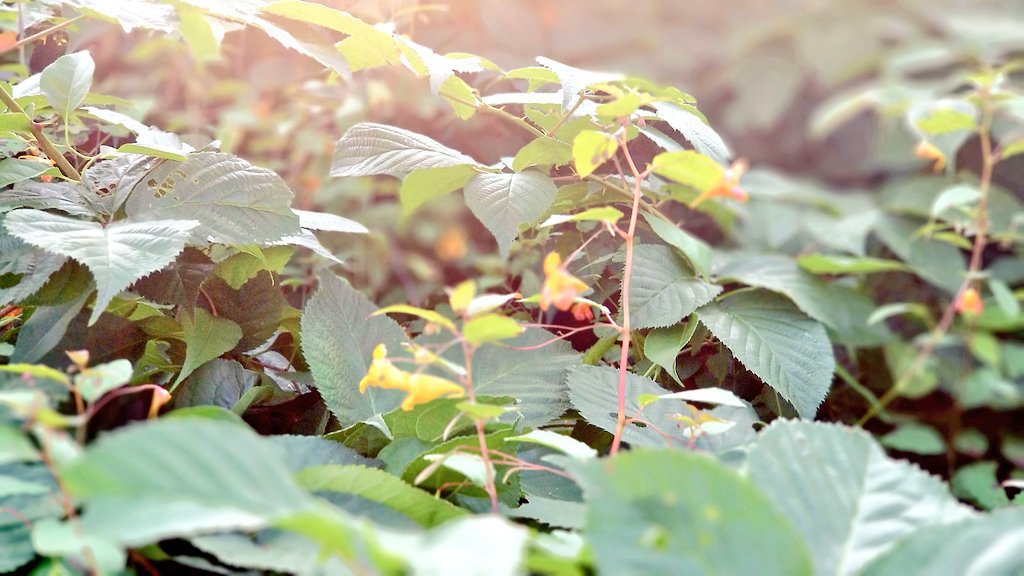
Jewelweed & raspberry bushes.
The other afternoon, I again took the time to walk the grounds during the golden sun right before sunset. The light is kinder this time of day. I remember reading as a photography tip that light is best before 11 am in the morning and after 3 pm in the afternoon, due to the angle and intensity of the light source. The color of the rays are kinder especially when capturing images of people, as sunlight at midday can wash out people’s faces or emphasize creases or lines.
In general, I adore studying the effect of light on objects. Natural light is the best, period. For pictures, for art, for illuminating anything. When that’s not an option, then candles & fires, maybe strings of yellow light, are the kindest in creating hygge, as covered in another post. When you study art, the concept of chiaroscuro is a pretty major one.
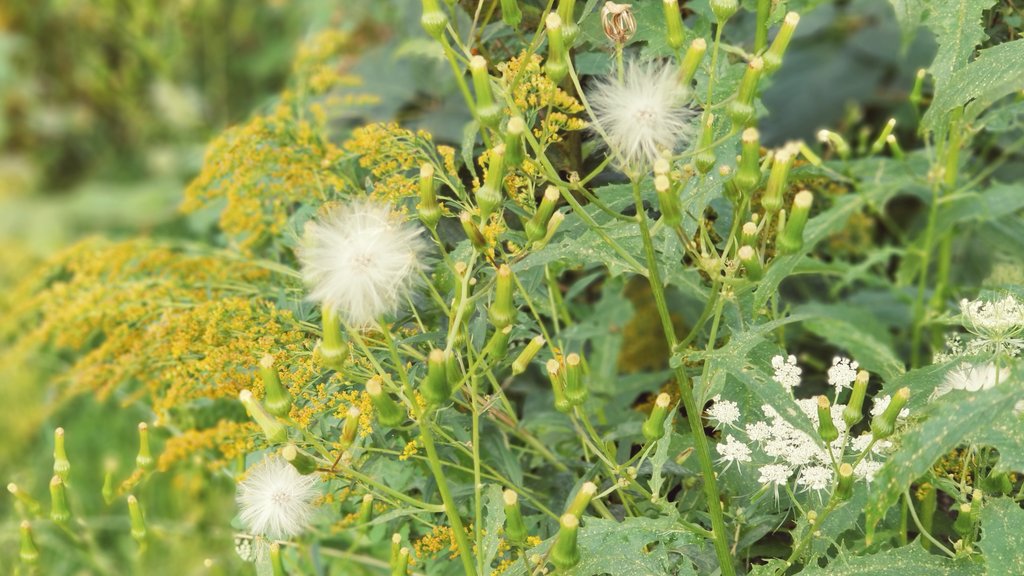
The wildflowers of the field.
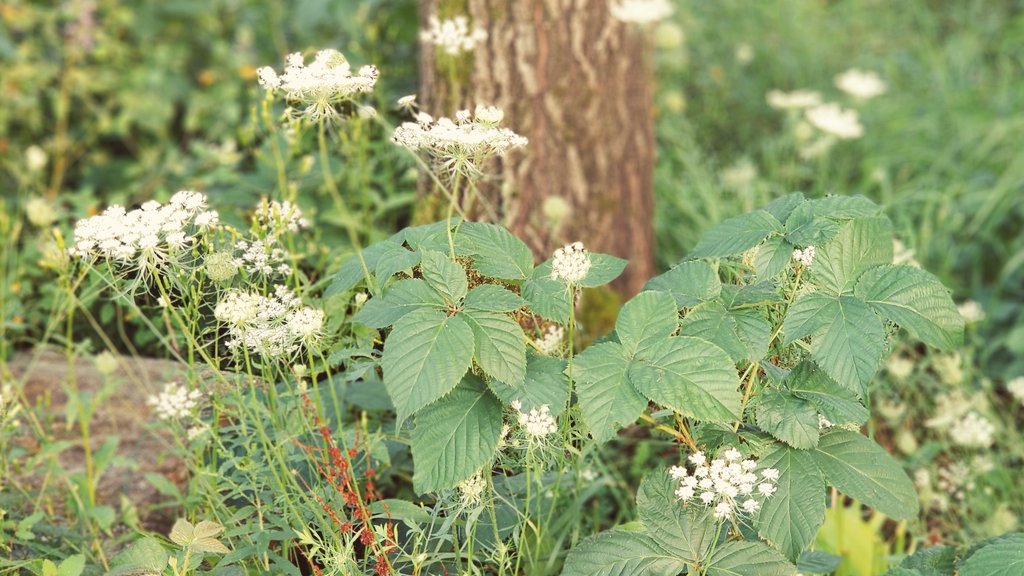
Rock, tree, & raspberry bushes, punctuated by Queen Anne’s lace.
Different textures present themselves late in summer at the farm, & the afternoon light best shows those subtleties. As I look for those very subtleties, I try to pay attention to the focal point, light, & shade of the natural setting. There are tricks to composition that grids can help assist (the golden ratio). As one equally adept at math as I was reading & writing, Fibonacci numbers intrigued me in high school.
Nature follows a certain pattern (each number in the series is the sum of the previous numbers) that repeats & appears over & over again. If you work with those patterns, then it becomes easier to find pleasing proportions, even when you go to crop the picture. The easiest way to create the ratio is approximately a 1:3 balance of elements.
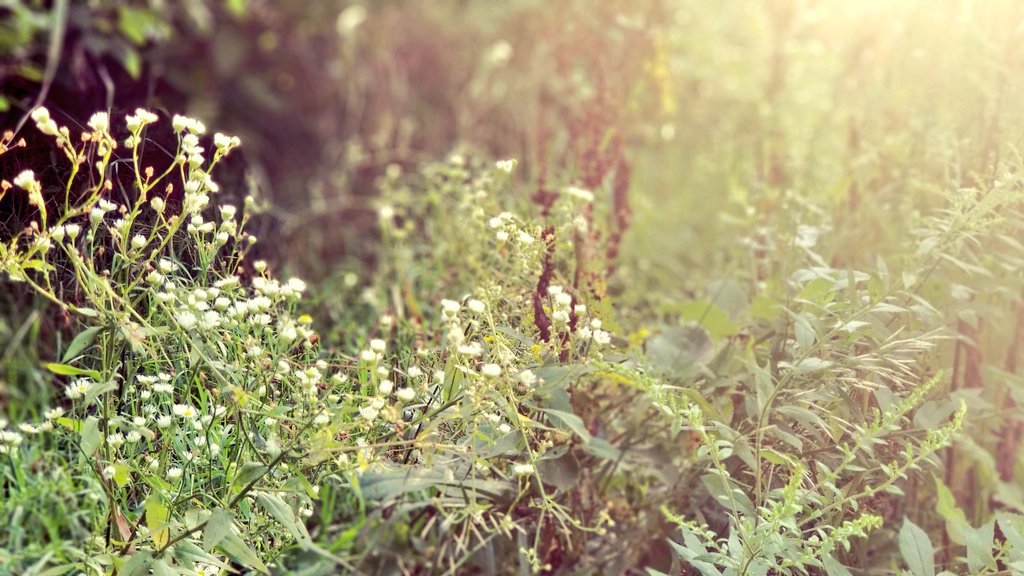
Fleabane in the afternoon sun.
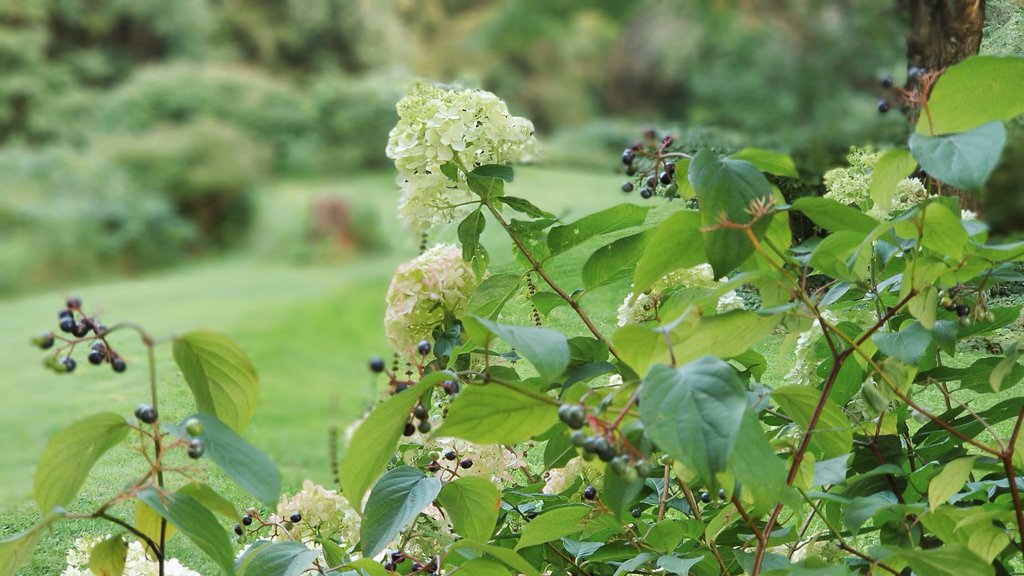
Hydrangea & berries.
Of course, you can also impose that ratio with how you crop images. One of the best things I learned from drawing classes in undergrad was how you could crop even drawings to reimagine or create new out of old art. Sometimes, you might not originally see a unique composition that emerges from reexamining the piece you just created. The same can be accomplished by cropping your photos.
The introduction of photography apps have also leveled the playing field to a certain extent. No longer do you have to master Adobe Photoshop or Lightroom. From Instagram and Twitter, you can use filters & tools to enhance your images, which then save to your device. There are all kinds of tools & filters to experiment with in order to find your favorites. I remember reading that Lauren Conrad defaults to Nashville & Valencia as Instagram filters when asked how her pictures always looked so great. She actually has great tips on her blog! (https://laurenconrad.com/blog/2014/04/tips-tricks-how-to-take-the-perfect-instagram/)
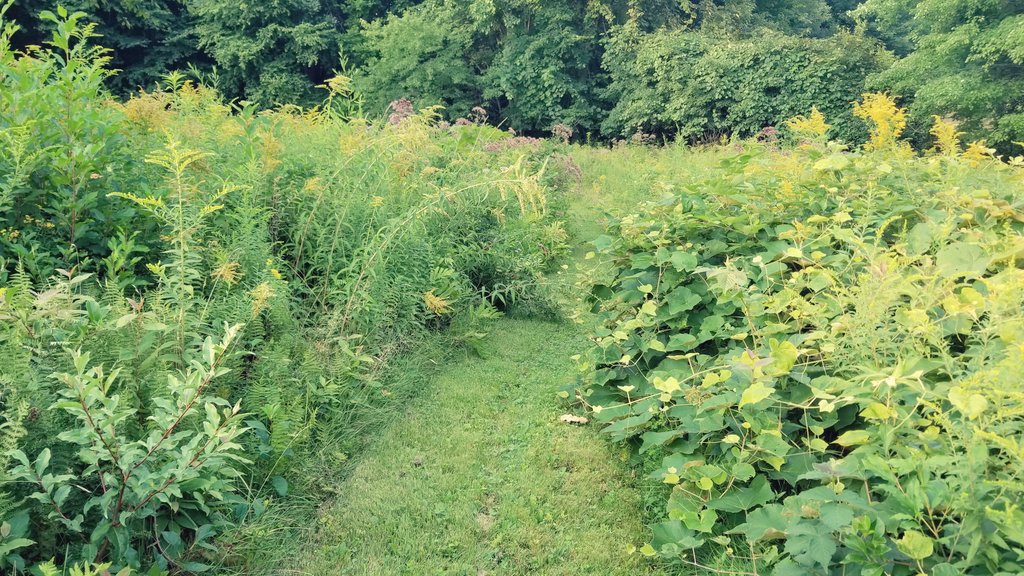
The path through the wildflower field.

Berries ripening for the birds to eat.
Readers have been incredibly kind to compliment my pictures. I’m a novice photographer, not a professional by any means, but I do enjoy trying to find different combinations for the prettiest aesthetics. One of the great merits of the farm is a changing landscape that constantly provides opportunities for new images.
The four seasons certainly help, too!
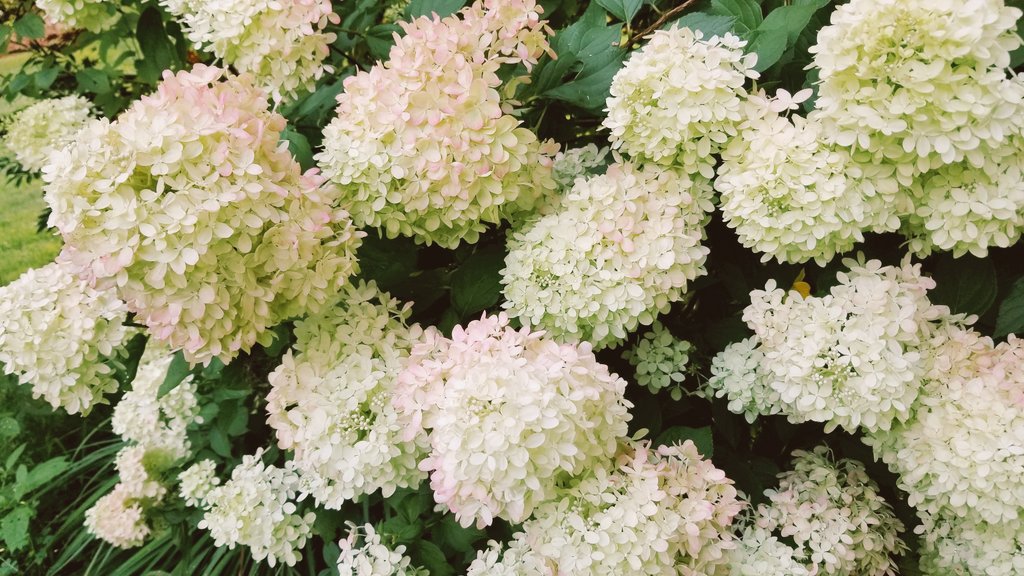
Hydrangeas in bloom.
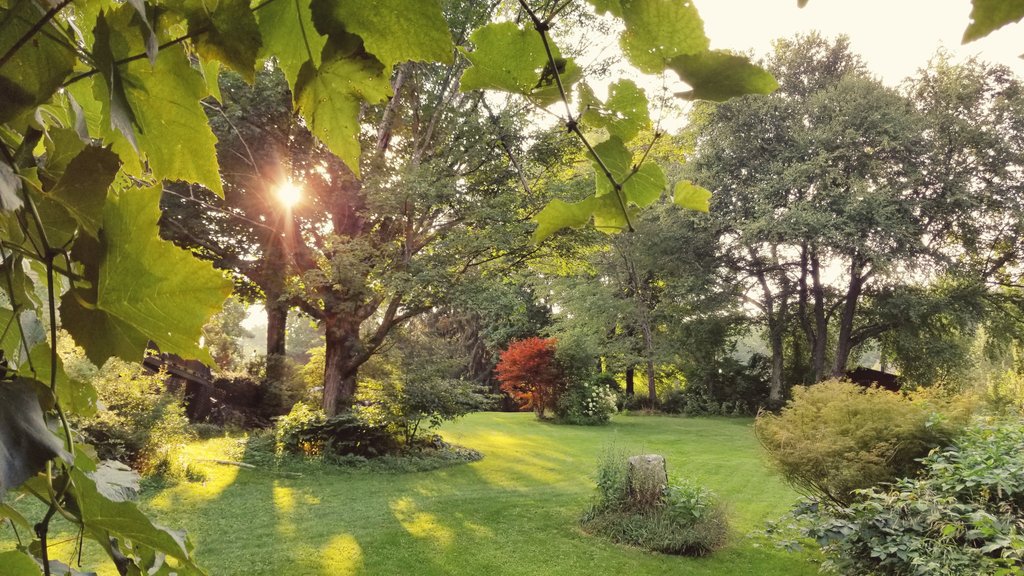
Afternoon sun from the grape arbor.
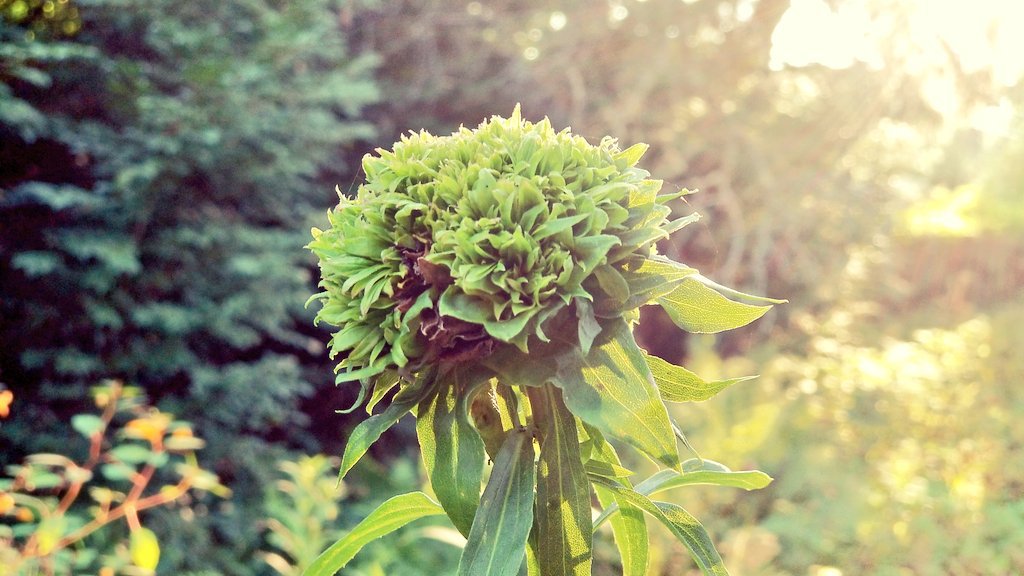
I just can’t get over the way you captured the light in these photos, especially the first and sixth one–it makes you want to soak in that gorgeous, green summer!
You’re very kind to read & comment on my photos! Greatly appreciated! 😀